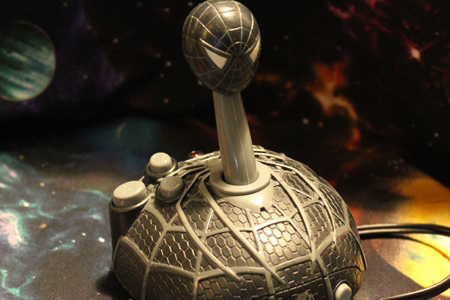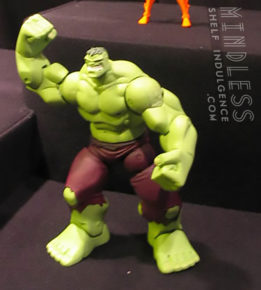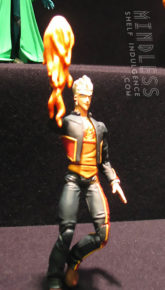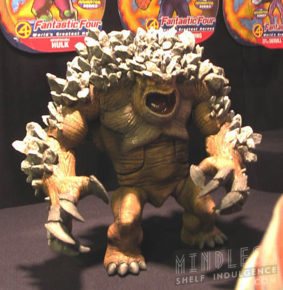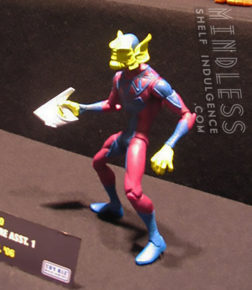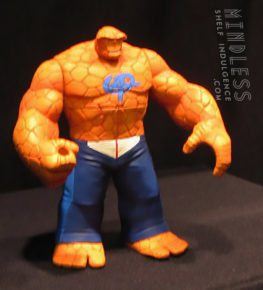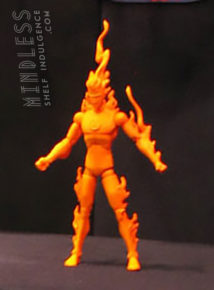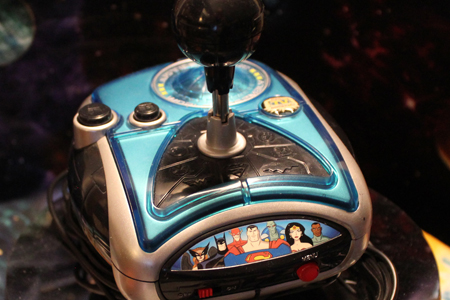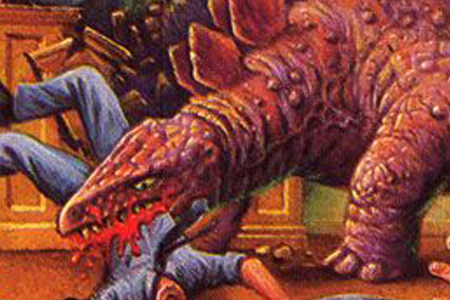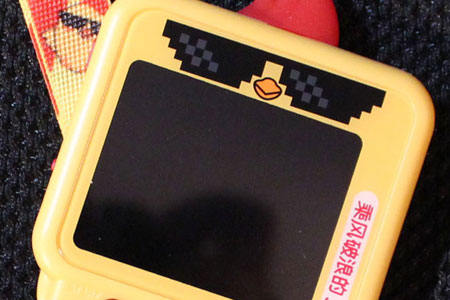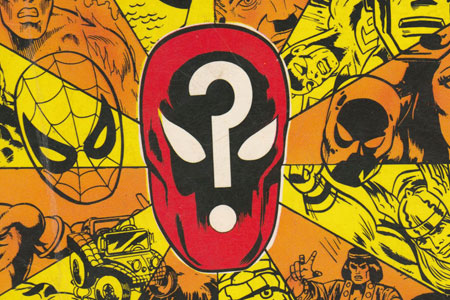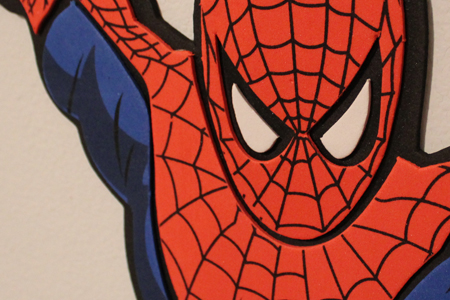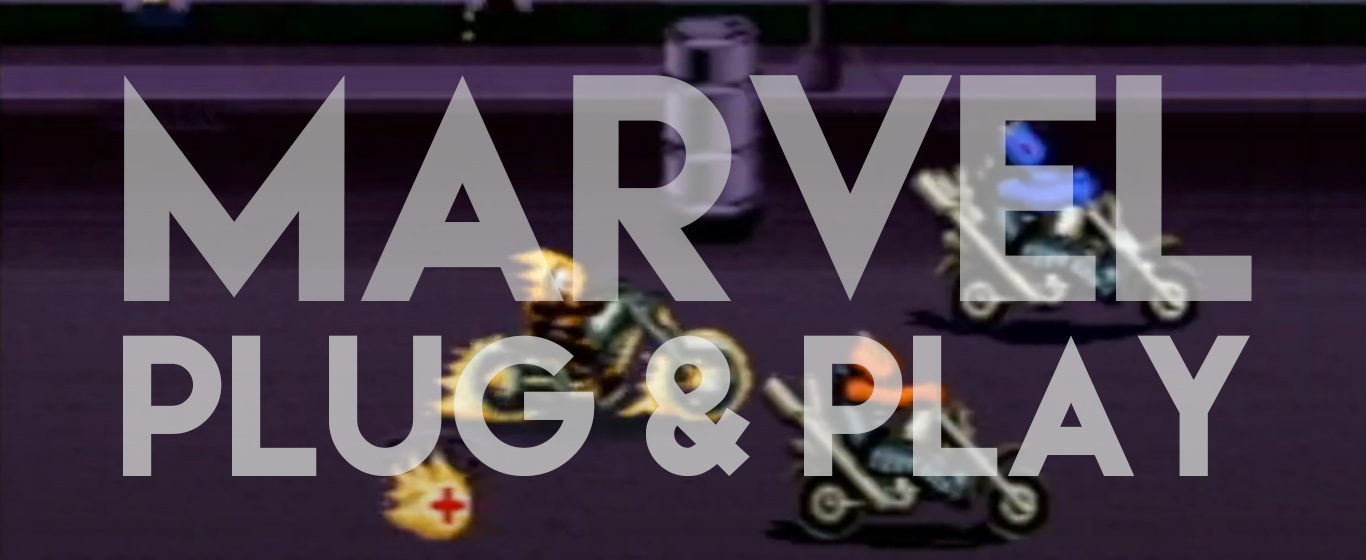
Were you to ask someone completely unfamiliar with pop culture which member of the animal kingdom had inspired the most expansive and successful superhero franchise of all time, they probably wouldn’t say ‘spider’. While the world suffers through a drought of eagle, ostrich, and bear-themed superheroes, we’re rich with spider-themed teen dynamos with all of the powers or an arachnid and none of the creepiness. The spider is the totem animal at which many of the Marvel’s multiverses converge, all for cosmic reasons that were probably explained in the most obtuse way possible by Madame Web or someone. Even our ‘616 Universe’ Spider-Man has spun off countless variations of himself, all without having to break the barriers between realities, from Man-Spider to the clone Kaine to Doppelganger. It’s a mess, and Marvel can’t get enough of it.
Spider-Man is also probably the most kid-friendly superhero there is, too, as a young outsider whose accident actually makes his life immeasurably better, instead of encasing him in a thick layer of unfeeling rock, or or ripping his purple pants every time he gets upset. There’s almost no downside to being Spider-Man, aside from a heightened sense of responsibility, and as anyone with a broken family can tell you, people who can’t shoot webs have that problem too. So, it makes sense that Marvel really put a huge push behind Spider-Man when it came to plug & play gaming systems aimed at the sticky-hands set.
At least five Spider-Man themed systems were released by Jakks, most of them simple joysticks, but they also dipped into motion control and trackpad games with varying success. Dig through the junk drawer for four AA batteries, because here are a few of those systems.
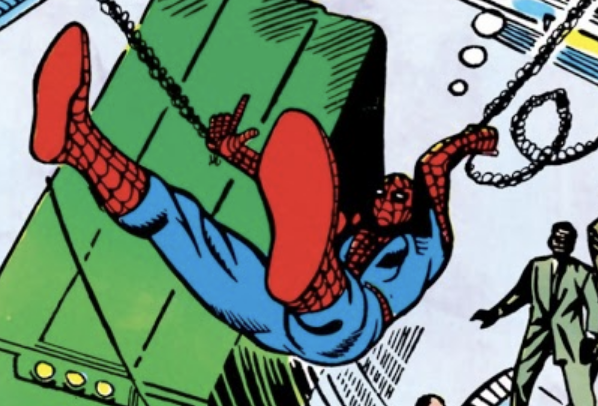
The basic ‘Spider-Man’ game is unmistakable, if only because it looks like Spider-Man’s webbed dingus thrusting proudly into the sky, and subsequently, your sweaty hand. It’s a weird and wonderfully terrible design choice, but not at all out of character with the other super inventive and strange control designs. It could even be a centerpiece for a really erotic Spider-Man collection.
There are five game modes. ‘Streets of the City’ is a pretty traditional beat-’em-up with really unfriendly controls that are pretty tough to get used to. When you add swinging from webs into the traditional run, punch, jump action set, it has to be done well. Because this is a $15 system for kids, it seems like not a lot of effort was put in, so Spider-Man’s unsatisfying swings never seem to land right.
‘Spider Training’ is a game where you move a cursor around the screen to target pictures of bad guys that come up in a grid, while trying to not accidentally shoot your allies.
‘Venom’s Vindication’ is where things start to get weird. It’s clear here that the games have nothing to do with Spider-Man, but are instead unrelated game concepts that were just given a Spider-theme. This is a game where you have to run back and forth between building windows, firing webs to catch bombs that Venom slowly lobs towards the street, all while minions are trying to attack you. It’s not entirely clear why you can’t just let these little bombs hit the street, but it’s like the entire city will crumble to the ground if you do. Why Venom is using bombs instead of any of his actual badass, brain-eating superpowers is also a mystery, but the city paid a lot for that sidewalk, and Spidey would rather die than let any damage occur.
‘Escape from the Sewers’ is especially weird callback to DOS maze games. It’s a lo-fi pseudo-3D journey through an underground maze, defusing bombs while multiple iterations of the Lizard are chasing you. Each level is accompanied by an overhead map, because if it wasn’t, navigation would be outright impossible. It’s a strange, unsuccessfully implemented version of a classic kind of game, and you eventually die when too many Lizards surround you, because you can’t kill them – only temporarily web them up. Did Dr. Curt Connors ever make an army of Lizards in the comics?
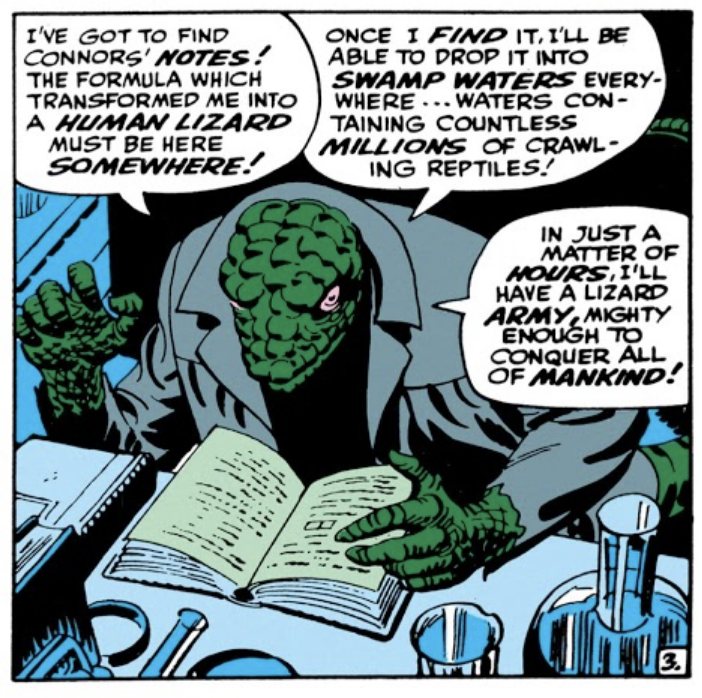
Spoiler alert : his dumb lizard brain couldn’t understand the notes, so no.
But ‘Vulture’s Venture’ is the absolute worst. It’s a game where you have to use a joystick to play a shooting gallery game, and it’s terrible. Getting a bead on a moving target using an unresponsive joystick is the kind of game you’d get to play in Hell; if you win, you return to the land of the living, so you spend an eternity with wet, blistered hands trying to reach just the second level. Welcome to eternity.
The controller gets a 9/10 score for looking like a dong, but the games themselves get a 3/10 for being uneven and frustrating, and not even entertaining for the game’s target audience.
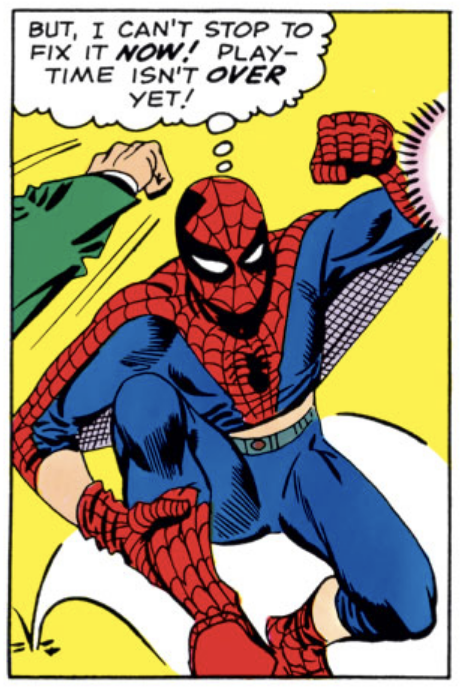
The Ultimate Spider-Man TV Games Touch system is equally strange and frustrating. But if you really love using your laptop’s trackpad, this is the perfect game for you. Double points if you wish your trackpad was made of sandpaper, because that’s what this game is all about.
This TV Games Touch device came well before cheap touchscreen technology came along, so enjoy dragging your sore finger around a black trackpad for 30 minutes while you stare at your TV. You’ll find these same games in a joystick-based system as well, kind of emphasizing how absolutely unnecessary this whole counterintuitive setup is.
‘Incendiary Antics’ is a shooting gallery game that actually benefits from a touchscreen, especially after the terrible failures of the last system, and it would be fun if the touchscreen was just a little less abrasive. After 10 minutes, you feel like you’re getting friction burns. ‘Bank Strike’, on the other hand, is a basic platformer… except instead of controlling Spider-Man like a sensible human being, all of your motions are controlled with swipes and a couple of button presses. It’s hard to find the words for how terrible an idea this is, but it’s so shockingly joyless that it’s hard to even articulate. Imagine playing Super Mario Bros., but instead of a controller, you had to scratch your nails across a chalkboard. ‘Building Blaze’ is more of the same, but worse, because you’re being timed.
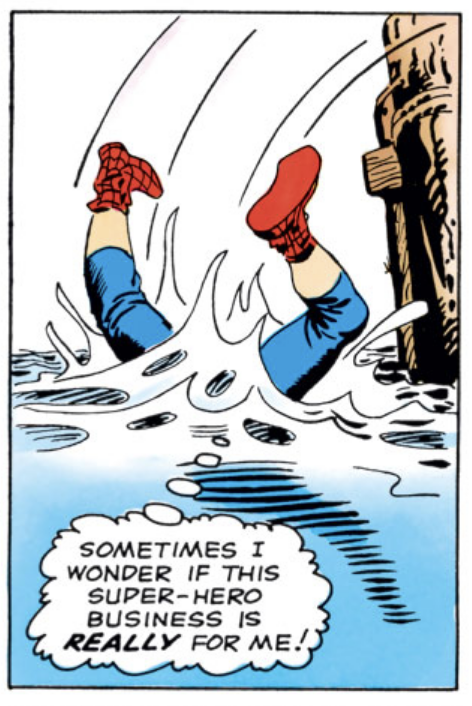
But then, holy shit, there’s an honest to god gem in this pile of trash, and it’s called ‘Arcade’s Playland’. It’s a very obvious riff on SmashTV, but with all of the fun game mechanics to back up the ripoff and make it appropriately Spidery. You can shoot webs and punch against an onslaught of robots, but you can also capture then in a web and swing them around like a projectile, which is truly a stroke of genius. Sure, the game is held back again by the asinine touchpad, but I still want to get my hands on the joystick version of this game. It’s that good. It’s the kind of deeply-buried treasure that I think game nerds would dig for.
‘Comic Book Shuffle’ is also not terrible, and feels like a strange variation of Tetris and Wario’s Woods, in which you have to rearrange portraits of your friends and enemies in a giant slide puzzle with pieces being constantly added. It still would be better without a trackpad.
The controller gets a 1/10 because, like being spanked in front of your congregation: awkward, physically painful, and only exciting if there’s something wrong with you. Arcade’s Playland gets a 10/10, but go for the joystick version. A traditional joystick might even make the platforming sections less vomitous.
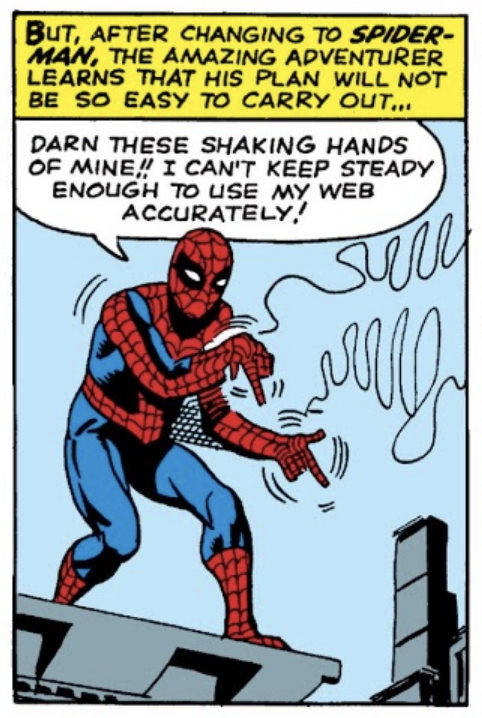
The Spider-fun continues with a controller based on the worst Spider-Man movie, Spider-Man 3 : Nobody Cares Anymore. At least this time, the good people at Jakks had the sense to make sure the joystick was not shaped like a turgid weiner. Wrap your fist around Spider-Man’s bulbous teen noggin and let’s go.
This time, Story Mode gives you some linear gameplay, starting with a web-swinging chase against Worse Green Goblin over the streets of NY. It’s visually congested and just a little confusing since it’s basically a top-down shooter, but Spidey is swinging high and low, becoming large and small, in ways that are not entirely clear in terms of hit detection. After a couple levels of that, Spidey takes to the streets in his black suit to beat up goons and rescue bystanders, and eventually fight Sandman a bunch of times. This goes on for seven levels, which feels weird and repetitive, until you reach the final level where you run around a building stopping bombs from exploding. There’s definitely a theme between these Spider-Man games. You eventually defeat Venom by punching a bell, you run away with Mary Jane, and you’ve just consumed 30 minutes of that finite, fleeting thing you call life.
The controller earns a 7/10 for goofy simplicity, and the games get a 5/10 for the exact same reason. Don’t go in with high hopes.
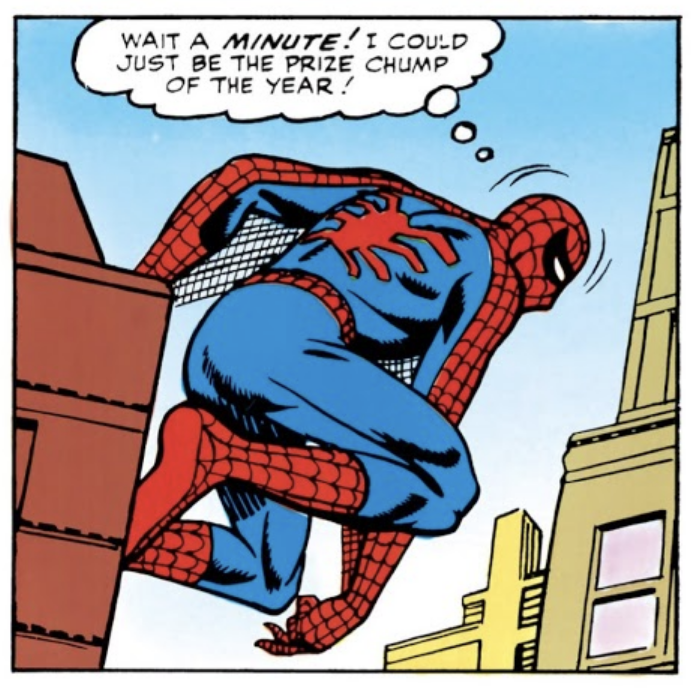
The last controller isn’t strictly Spider-Man, but since Marvel and Jakks packaged it like it is, it’s included here. This time, the controller is shaped like the top of a skyscraper, gently wrapped with a spiderweb. It’s kinda clever, until you start actually using the joystick, and a loose ring of plastic at the base of the joystick gets caught on the lip of the web. The result is that you can’t make a smooth leftward motion unless you somehow interrupt this friction; I ended up using a rubberband to just add some space between the two pieces, and you could alternately just shave down the interfering nub, but it’s a glaring and frustrating design flaw.
The system features 5 games split between four heroes, and the selection is a little surprising. First the obvious one : ‘Spider-Man’s Wall Crawl’ is an okay game where you have to avoid falling bricks and gun-toting grunts who pop out of windows while you make your way to the top of a building to fight the same Green Goblin battle over and over, without any hint of increasing difficulty. On the way, guess what, you have to stop bombs from exploding. The levels themselves get more fast paced and incorporate more obstacles, and it’s actually fun to play, but the repetition of the boss battle takes a lot away from the experience, and eventually, you just run out of levels and the game abruptly ends.
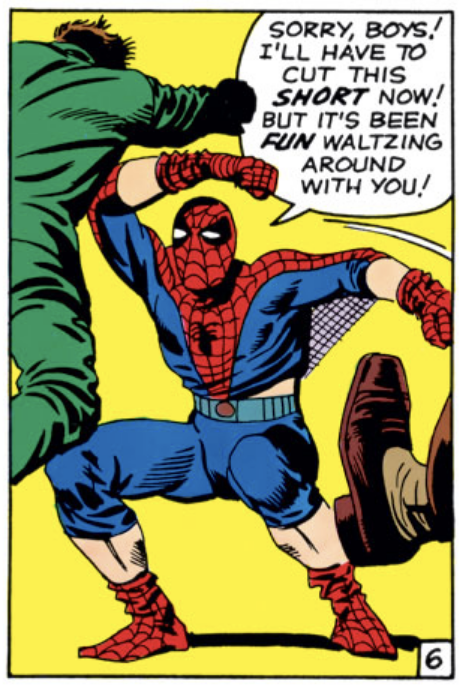
Hulk’s Desert Rampage is exactly what it sounds like : a top-down brawler where you punch soldiers so hard that they go flying off the screen. You can also dash through crowds of them, which is satisfying, and toss high-tech tanks around. Every so often, you fight Abomination. For a small game, the destruction feels well done.
‘Wolverine’s Fastball Special’ is not nearly as cool. As Wolverine flies through the air, you have to press the right buttons to anticipate the obstacles in front of him, whether it’s moving through target rings, or slashing through steel plates. At the end of the level, you have to press the correct sequence of buttons to properly attack a sentinel. There’s not a lot too it, but it’s a weird inclusion that’s more about reaction time and button presses than it is doing anything actually Wolverine-y, like fighting ninjas, lusting after teammates, or smoking cigars. Sure, it’s an iconic team-up move that originated in Uncanny X-Men #100 but the game doesn’t even include Colossus to hurl the titular Wolverine-shaped fastball.
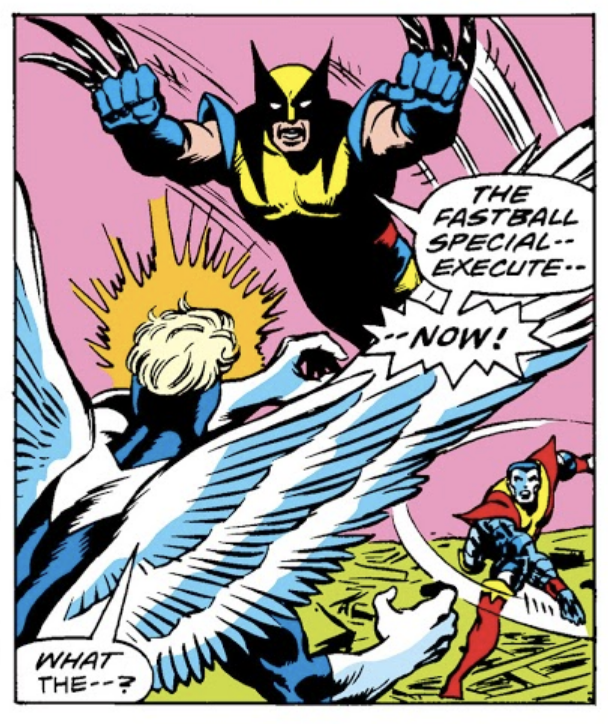
The last two games are dedicated entirely to Ghost Rider, a severely under-appreciated Marvel anti-hero. Ghost Rider : The Ghost Ride plays like Excitebike, but with whips and exploding barrels. Knock enough bad guy demons off of their bikes before the level ends, and you win. It’s surprisingly fun. But the really great game in this set is Ghost Rider : Penance Quest, a really neat arcade-style beat-’em-up with a wide variety of ways to fight. You can whip, dash, punch, breath fire, summon a wall of flame, and even grab your demonic enemies and kill them with Ghost Rider’s signature Penance Stare. Every so often, you fight late-80s supervillain Blackheart, the son of Mephisto , born via all of the murder-energy in New York. The game mode could probably stand up to any other beat-’em-up of the era, so it’s a shame that it’s locked into such an obscure platform. It’s absolutely another gem.
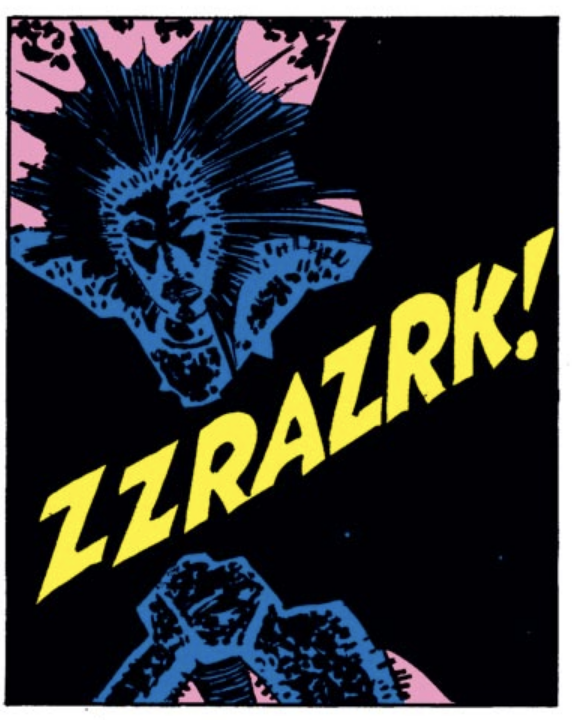
The controller gets a 5/10 score, because compared to most, it’s a little boring, and I had to modify it to get it to work. The games themselves are a solid 8/10; this is the best plug & play system out there, themed or not. It finally manages to treat superheroes superheroically, and the game modes almost all line up with their heroes appropriately.
And finally, there’s Fantastic Four, who always seem to get the garbage end of anything Marvel tried to do with them outside of comics. Four terrible movies have all but tanked the possibilities for the Four, and the 2005 release of this Thing-skinned joystick was only a year before the 2006 Fantastic Four : World’s Greatest Heroes cartoon ran for 8 of 26 produced episodes before it was cancelled and a proposed action figure line was cancelled.
For posterity, I’m including a really old photo gallery here from the ToyBiz showroom at Toy Fair 2006, when all I had was a potato of a camera and had no idea what I was doing. Regardless, the design of these proposed toys was always pretty cool.
The Fantastic Four plug & play is entirely based in the world of the comics, with no other real media to tie itself to. Not unexpectedly, each member of the family has their own series of levels to play through. Human Torch flies through a casino and hurls fireballs, fighting The Wizard, aka The Wingless Wizard, aka Bentley Wittman. Thing stomps through a casino and eventually fights Mole Man using a bounding Mr. Fantastic ball in a Break-Out styled boss battle. Invisible Woman spends all of her time in underwater caves fighting Lady Dorma, an obscure Namor character who died in 1971 and was reduced to a bunch of vials of experimental goo, but who occasionally makes a reappearance in flashback or clone form.
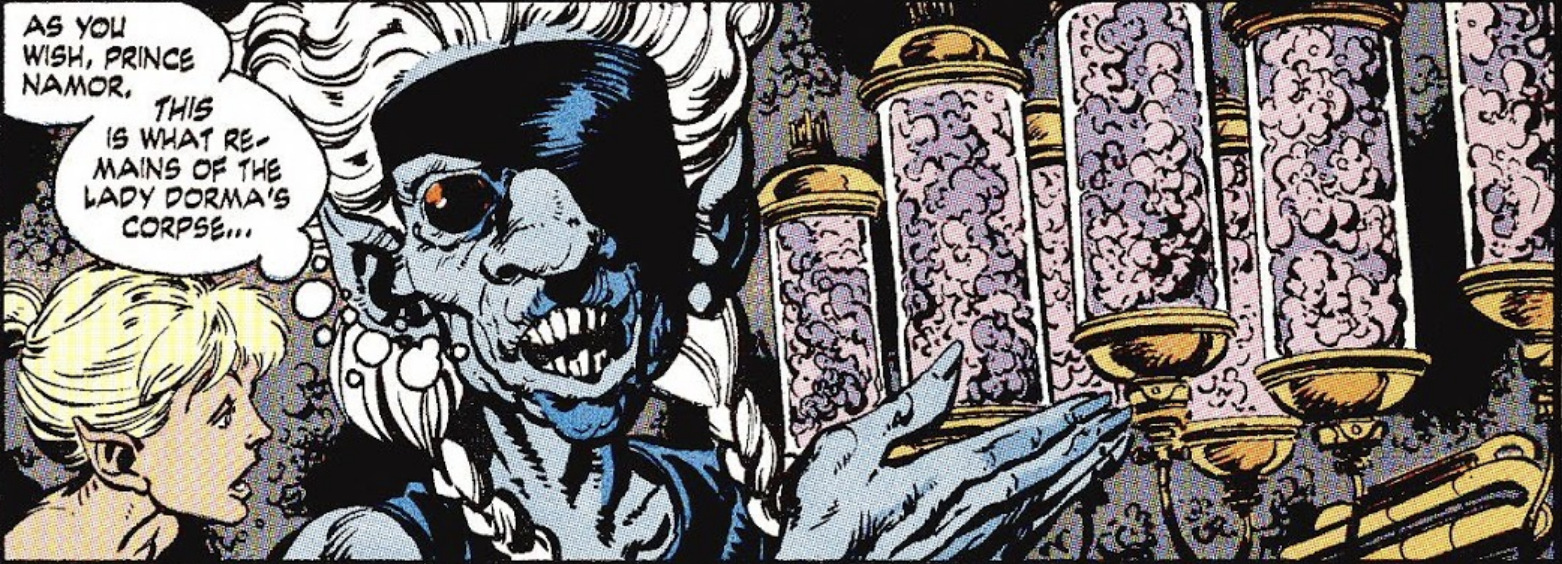
In a game full of unexceptional levels, Mr. Fantastic’s level pretty terrible, though. Awkward jumping and punching is interrupted by one section that requires such a pixel-perfect jump that it took about 20 minutes just to successfully make the leap and clear the obstacles immediately after it without falling back to the floor. Thing’s level suffers from another nearly-impossible jump, but this one is especially egregious. Another Break Out battle with Dr. Doom and a few more platforming levels, and you unlock the secret 5th level set : ‘Dr. Von Doom’, as they’re called, as if anyone called the mad doctor ‘Von Doom’. This is made up of a top-down space shooter and a battle level where Mr. Fantastic evades projectiles while also trying to fight a teleporting Dr. Doom. None of it is very difficult, and arguably much easier than some of the previous levels, only because these aren’t designed poorly.
It’s all a very uneven representation of the Fantastic Four, but the controller gets a 7/10 for being objectively weird. Is this Thing’s body, but also with a small sculpt of his face sticking out of it? Does the clear dome on the controller represent Invisible Woman’s powers? It’s a mess and I love it. The games themselves get a 4/10. Flying around as the Human Torch is way too easy. Slowly bobbling along underwater as Invisible Woman is tedious. And the other levels are just boring platformers with god-awful jumping.
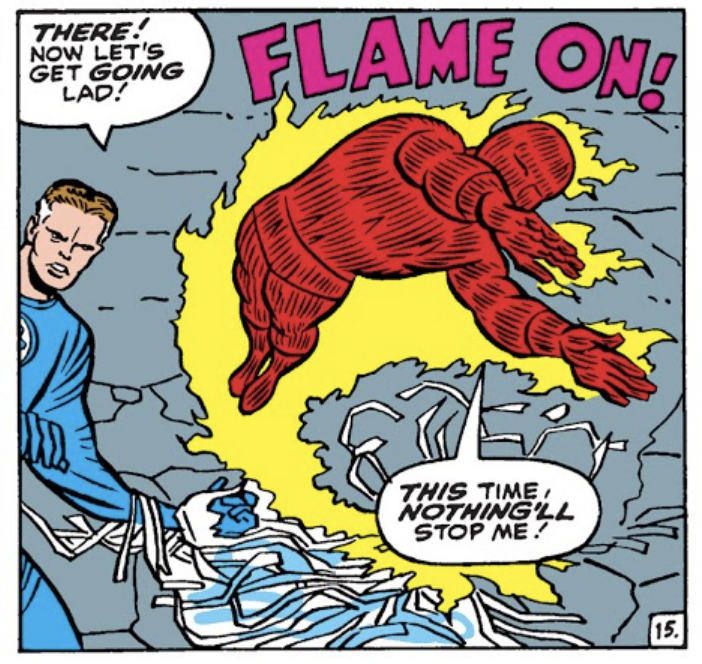
Do these deserve to be in your collection? The nostalgia for plug & play games is on the rise, but they’re also so unbelievably common and easy to find that it’s doubtful they’ll ever really escalate in value. They also take up a lot of space, and don’t generally offer anything exceptional in terms of gaming, except for the two instances I’ve called out above. Unless speedrunners start turning to plug & plays because absolutely every other game has been mastered, the purpose of these may just be completely obsolete now. Handheld gaming is accessible and cheap; being tethered to a TV is more of an inconvenience now than it was in the early 2000s when these were coming out. The verdict? For collectors only.
All comic images are copyright Marvel Comics and presented here for the purposes of criticism & commentary.
 C. David is a writer and artist living in the Hudson Valley, NY. He loves pinball, Wazmo Nariz, Rem Lezar, MODOK, pogs, Ultra Monsters, 80s horror, and is secretly very enthusiastic about everything else not listed here.
C. David is a writer and artist living in the Hudson Valley, NY. He loves pinball, Wazmo Nariz, Rem Lezar, MODOK, pogs, Ultra Monsters, 80s horror, and is secretly very enthusiastic about everything else not listed here.
